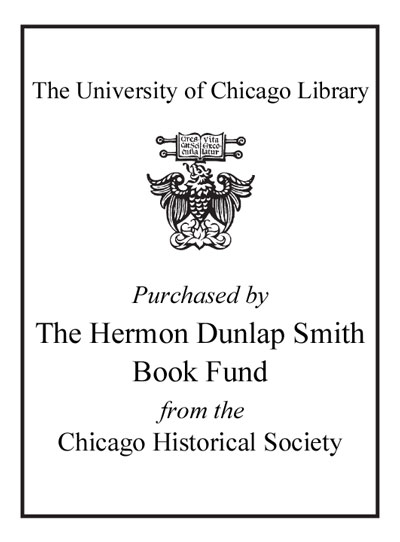| Summary: | "The Comitán Valley sits in what is now the state of Chiapas, Mexico, but a thousand years ago it was the western fringe of the Maya empire. The art in Comitán looks different from the art found in the nearest Maya capitals like Palenque and Yaxchilan, but also incorporates essential Maya techniques and ideas. For many years, those who bothered to study the art of Comitán, particularly the more than 100 large, carved stone sculptures, were confused, "as if local artists were somehow unable to grasp the tenets of Maya sculpture. This book suggests that those unusual artistic elements are not the result of the misunderstanding of Maya artistic canons--instead, they represent the active appropriation and manipulation of those canons. Artists in the Comitán Valley created sculptures with unique combinations of the widespread and the local, and those sculptures played a meaningful role in the creation of identity at each area center." This book looks at the stelae in the four major cities of ancient Comitán: Tenam Puente, Tenam Rosario, Chinkultic, and Quen Santo. Interestingly, the art was distinct at each place. At Tenam Puente, artists favored the depiction of warrior kings, bolstering the site's position as a local economic power. At Tenam Rosario, sculpture revolved around the Maya ballgame, while sculptors from Chinkultic prioritized representations of ritual. The monuments of Quen Santo depict ancestors and were placed deep inside caves beneath the city. "As a group, these sites showcase diverse approaches to the creation and display of sculpture, making this area an ideal place to study innovation in Maya art." It also supports the author's ideas about how sculpture helped create local identity. Many of these sculptures in this book, including some from each site, will be illustrated for the first time. Finally, the art in Comitán offers new ideas and support about the collapse of the Maya. Unlike other parts of the Maya world, in Comitán the collapse did not lead to a complete cessation of sculpture-making, and existing sculptures were sometimes reconceived rather than abandoned"--
|
|---|

